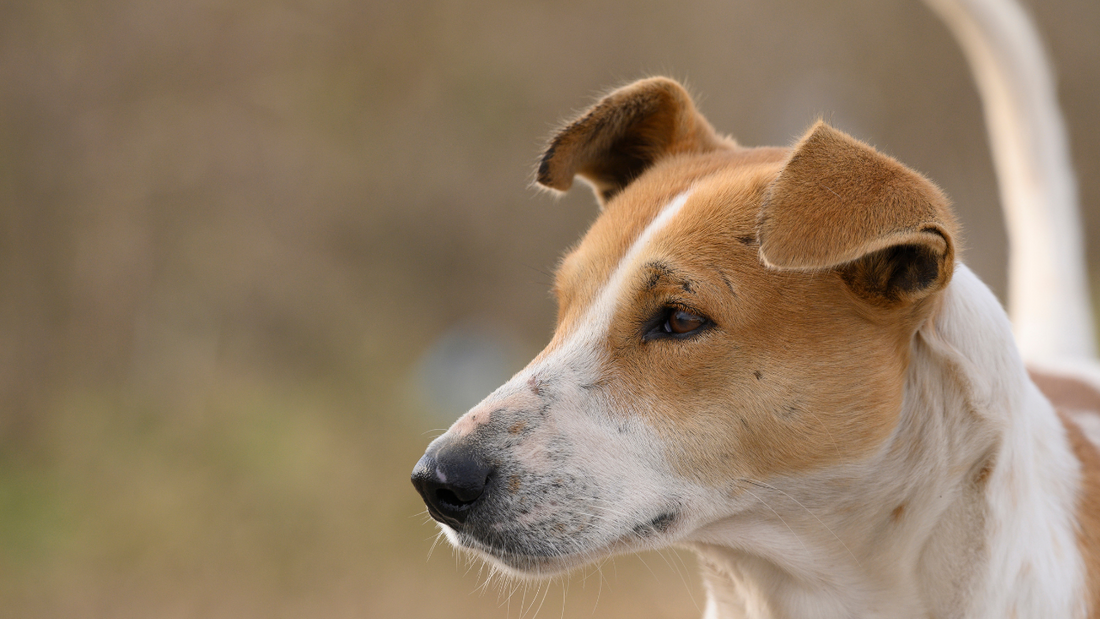
Responsible Pet Ownership in New Zealand.
What does responsible Pet Ownership look like in New Zealand?
Sixty-four percent of New Zealand households own a companion animal. Aotearoa has one of the highest rates of pet ownership in the world. These animals brighten our lives and often become key parts of our family.
Yet owning a pet is a responsibility that not all New Zealanders handle well. Fifteen percent of pet cats become strays, often eventually feeding into our feral cat population of millions. Dogs that roam freely pose a major threat to Kiwi, Kaka, and our other native birds. One stray dog in the 1980s was recorded killing five hundred Kiwi in a Northland forest in a matter of weeks.
What is responsible pet ownership? The SPCA lists a number of key criteria:
-
1. Deliberating if your lifestyle is suitable for owning a pet.
-
2. Microchipping, desexing, and, where possible, providing a collar/identification for your pet.
-
3. Providing suitable healthcare, food, water, and shelter.
-
4. Having a care plan for the animal when you go on holiday or if you should pass away.
-
5. Providing adequate antisocial training and ensuring the pet is not in a position to harm the environment, other animals, or people.
All of these provide a framework to enjoy a companion animal and ensure it does not harm others

Stray Cats in New Zealand
A recent study suggested that there are 1.1 million pet cats in New Zealand and about two hundred thousand strays. A stray cat is defined as a cat that lived indoors at some point in its life and was socialized but lost its home or was abandoned. Worryingly, the data suggests that this presently happens to about fifteen percent of the pet cats in Aotearoa.
This presents a major ecological problem. This stream of strays, many of whom are not desexed, feeds directly into our feral cat population, which is believed to number in the millions. Feral cats are apex predators; outside of humans, they have no natural threats. While feral cats have famously decimated our Kakapo in the past, they’re less known for being a considerable threat to Kea, Kaka, and our native bats. One cat was recorded killing a hundred bats in a single week in the North Island.
Feral cats pose a significant risk. But if we don’t control the problem at the source, we’ll never get on top of this issue. We need to encourage responsible pet ownership in Aotearoa. Without it, we’ll never see real change.

What is responsible Cat ownership?
Responsible cat ownership is imperative in New Zealand.
Eighty percent of our native birds and species are found nowhere else in the world. Cats kill eighteen million birds, bats, and lizards annually. Forty percent of us own a cat, and some studies suggest that only pet owners are aware of one in four animals their pet actually kills.
Responsible cat ownership begins with asking the question - is this the best pet I could have? Our feral cat population numbers in the millions, and fifteen percent of pet cats will become strays and feed into it. Unfortunately, because of our unique wildlife, we as a nation face a hard set of decisions to wrestle through long-term with cats. If you’re unsure what pet to purchase, you might want to consider something other than a cat. Additionally, if you own a cat, seriously consider not replacing it when it passes away. However, from there, we recommend your cat wear a bell, which will prevent it from killing a lot of animals.
Finally, it should have a good source of food, including lots of animal-rich protein, which will reduce the frequency it hunts. Keep it indoors where possible, neuter, and microchip it.
All of these actions will seriously reduce the chance of it becoming a threat to our native flora and fauna. Let’s be part of the solution, not the problem
Enjoy this style of writing? Why not check out the story on the impact of common pets in New Zealand.
Support us by purchasing from our online store which allows us to devote more time to stories like this.